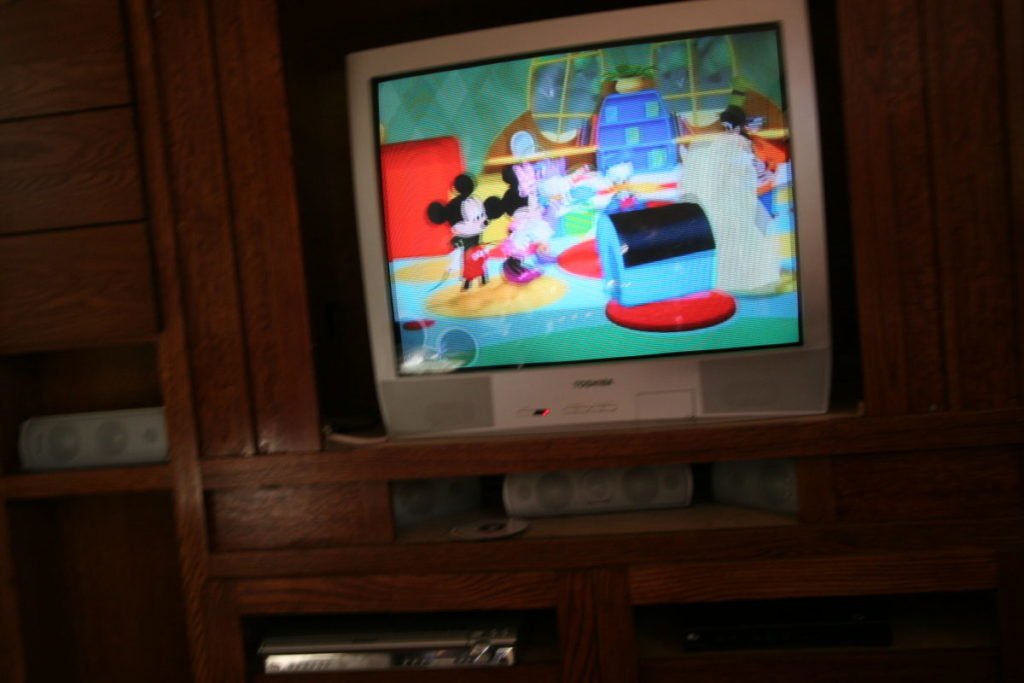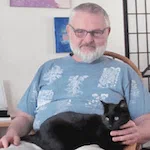I’ve noticed that when I get together with friends, we never ask each other, “Did you see [fill in the title of a television program that recently aired]?” as those of my generation once might have. Rather, the question now is, “What are you watching these days?” We no longer assume what we used to assume, which was that our friends have watched the same things on television that we have seen—or, at least, there was once a good chance that they might have. Sometimes, it turns out that we have seen the same programs, but not necessarily simultaneously. One friend and I recently found that we have both watched The Americans, a series that originally appeared on the FX cable network from 2013 to 2018. But neither of us ever watched a single episode of the program on FX. Rather, we streamed it days, weeks, months, or even years later, and while I have seen the entire series, my friend has yet to see the final episodes. (No spoilers, please!)
In my lifetime, I have seen radio and, especially, television go from being a mass market cultural phenomenon to a niche market one. You see, at some point in the 1930s, it dawned on many Americans that they were instantaneously connected to each other by communications technology, specifically, radio. It happened when they realized that a joke on a radio program from the previous evening had been heard by so many people in so many places that, the next day, anyone might repeat the punchline of the joke and get a laugh because nearly everyone already knew the setup, and this happened all across the country. (Print media were first to report on this nationwide electronic phenomenon, ironically.)
By the time I was born, in 1951, this mass market phenomenon applied to television as well as radio. For instance, from 1951 to 1957, CBS regularly broadcast the sitcom I Love Lucy, typically filmed in front of a live studio audience on a Friday, so that copies of the film could be aired nationally the following Monday. At least one episode was seen by forty million viewers—more than a quarter of the U.S. population at that time.

Just three decades ago, when friends or co-workers met on Fridays, they often asked, “Did you see Seinfeld last night?” On November 19, 1992, a common answer to that question was, “I am the master of my domain,” and nearly everyone would have laughed because they had seen the Seinfeld episode, “The Contest,” which aired the previous evening. They all got the punchline, because they all knew the setup. According to the Nielsen Company’s television rating system, almost twenty percent of television sets that were on at the time were tuned to the original broadcast of “The Contest.” When the episode was rerun in 1993, thirty percent of sets that were on were tuned to it.
Today, such huge audiences for the broadcast of an entertainment program are rare, largely because the old system of dominance by three big broadcast networks has been disrupted by the combination of multiple cable channels and streaming video. The big networks’ once massive audiences have fragmented and diminished as on-demand viewing has increased. These viewers do not watch programs at the same time as their fellow on-demand viewers, and they may not watch the same programs at all. These are no longer mass audiences but separate niche audiences. (There has been a partial return to national radio shows, broadcast live simultaneously across the continent, but even these programs are now being streamed while audio podcasts are increasingly attracting a large but fragmented, on-demand audience.)
In a lifetime, then, we have gone from a broadcasting mass market to a streaming niche market. When Gil Scott-Heron said, “The revolution will not be televised,” he was right in a way: a revolution has happened, and it was not televised—it was streamed. It’s being streamed.
I no longer ask, “Did you watch . . . ?” Part of the reason I ask, “What do you watch?” is to get ideas about what to watch. I never know what I might be missing.

Share this post with your friends.

